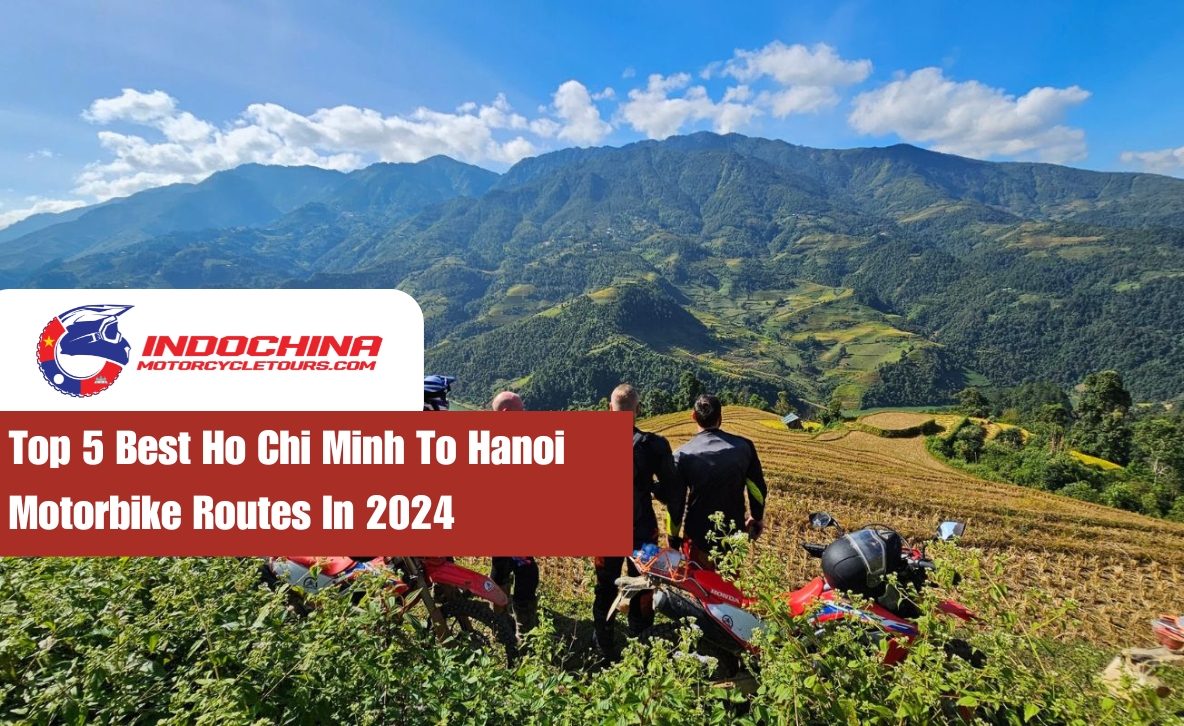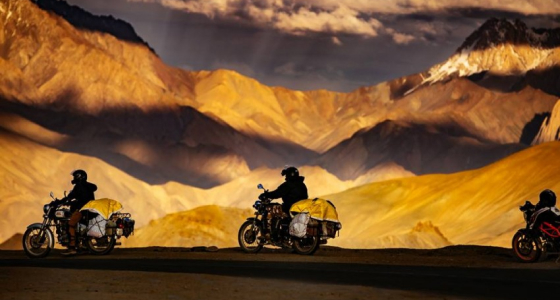Sapa, nestled in the northwest mountains of Vietnam, is renowned for its breathtaking natural beauty and diverse cultural heritage. The town is surrounded by the Hoang Lien Son mountain range, including Vietnam’s highest peak, Fansipan. Established as a hill station by the French in the early 20th century, Sapa Vietnam now serves as a significant cultural and tourism hub, offering visitors a blend of traditional charm and modern amenities.
Historical Significance of Sapa
Sapa, nestled in the mountainous northwest of Vietnam, boasts a rich history dating back to its establishment as a French hill station. Over the years, it has evolved into a cultural and tourism center, attracting visitors with its scenic landscapes, terraced rice fields, and ethnic minority communities.
For those embarking on a motorcycle tour in Vietnam, Sapa offers an unparalleled experience with its winding mountain roads, breathtaking views, and culturally rich destinations like the Muong Hoa Valley, a testament to the region’s agricultural heritage.
Must-Visit Attractions in Sapa
1. Fansipan Mountain
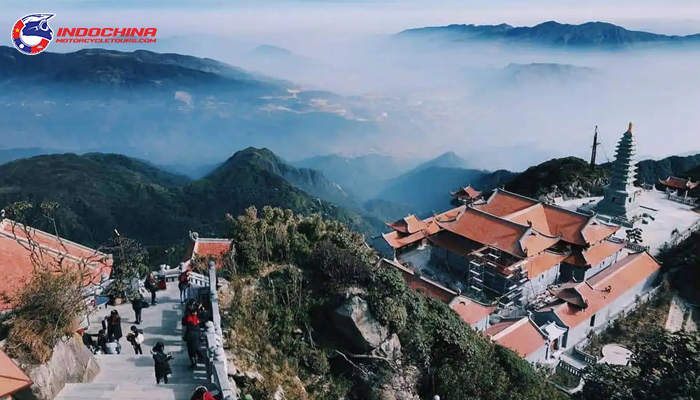
Reach the Roof of Indochina with a trek or cable car to Vietnam’s highest peak, Fansipan, for breathtaking views
Known as the “Roof of Indochina,” Fansipan is the highest peak in Vietnam. Visitors can trek to the summit or take a cable car for spectacular views of the surrounding landscape.
2. Muong Hoa Valley
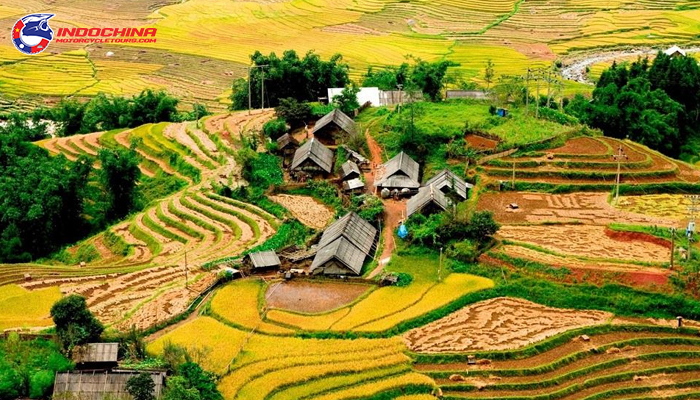
Muong Hoa Valley is home to ancient stone field
Famous for its terraced rice fields, Muong Hoa Valley offers stunning scenery that changes with the seasons. Trekking through the valley provides an opportunity to visit traditional villages like Ta Van and Lao Chai.
3. Cat Cat Village
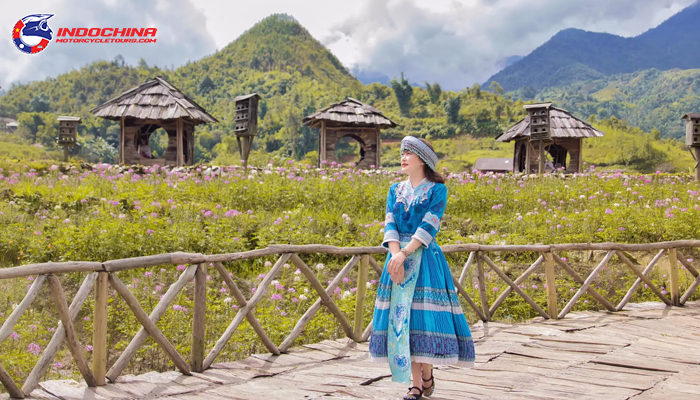
Join a team of photography enthusiasts to capture beautiful moments
This Hmong village offers a glimpse into the traditional lifestyle of the Hmong people. Visitors can explore the village’s waterfall and traditional crafts.
4. Sapa Market
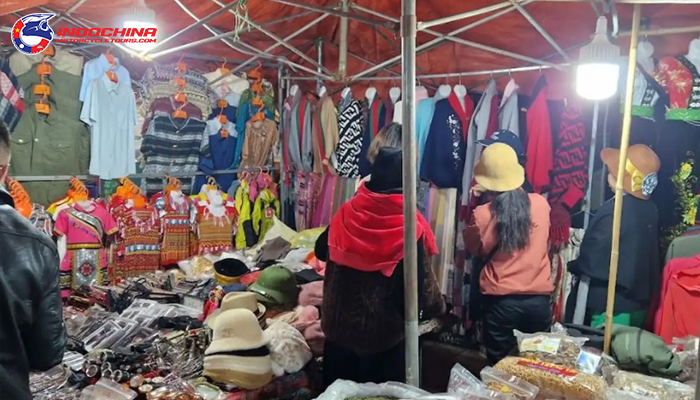
Sapa Night Market is an ideal place to explore the culture and specialties of indigenous people
Sapa Market is a vibrant place where ethnic minorities gather to sell their goods. It’s an excellent spot for buying handmade crafts and sampling local foods.
Cultural Experiences in Sapa
Sapa is home to various ethnic groups, including the Hmong, Dao, and Tay. Visitors can immerse themselves in the local culture by staying in homestays, participating in traditional festivals, and enjoying the region’s unique music and dance performances. These experiences provide a deeper understanding of the diverse cultural heritage.
>>> Read more: Sapa Traditional Festivals
Exploring Sapa’s Culinary Scene
Sapa’s cuisine is influenced by its ethnic diversity. Local specialties include Thang Co, a traditional Hmong soup, and grilled skewers. The cool climate also makes it an ideal place for enjoying hot pot dishes. Street food is abundant, with Pho (noodle soup) and Bun Cha (grilled pork with noodles) being popular choices.
>>> Find out more: Things to do in Sapa
Practical Tips for Visiting Sapa
- Best Time to Visit: The ideal time to visit Sapa is from March to May and September to November, when the weather is pleasant and the landscapes are at their most beautiful. This is also the best time for trekking and exploring the rice terraces.
- Getting Around: Sapa is best explored on foot, by motorbike, or taxi. Trekking is a popular way to see the countryside and visit remote villages. Motorbike rentals are available for those who prefer to explore independently.
- Language: Vietnamese is the official language, but many locals, especially those in the tourism industry, speak English. Learning a few basic Vietnamese phrases can enhance your travel experience.
Sapa is a destination that offers a unique blend of natural beauty, cultural richness, and adventure. Whether you are seeking to explore the terraced rice fields, experience the local culture, or embark on an adventurous trek, this destination promises unforgettable memories. Plan your Sapa Motorcycle Tours today and discover why this enchanting town is a must-see destination in Vietnam with Indochina Adventure Tours.



